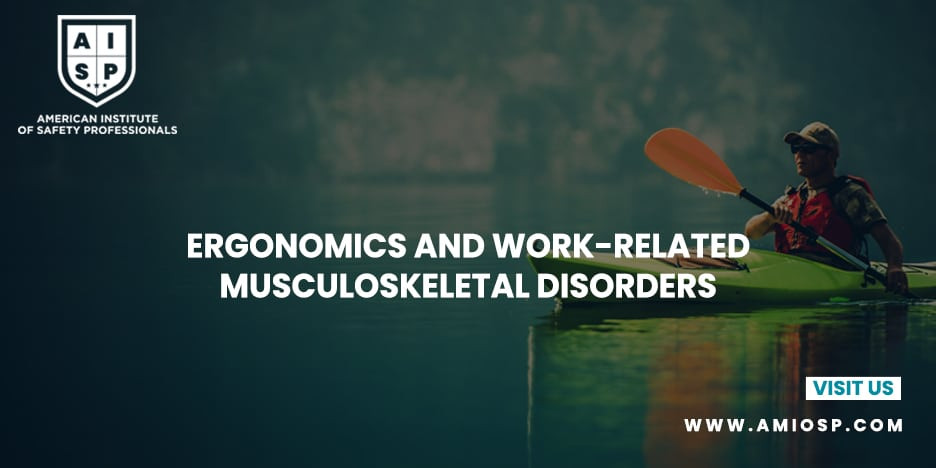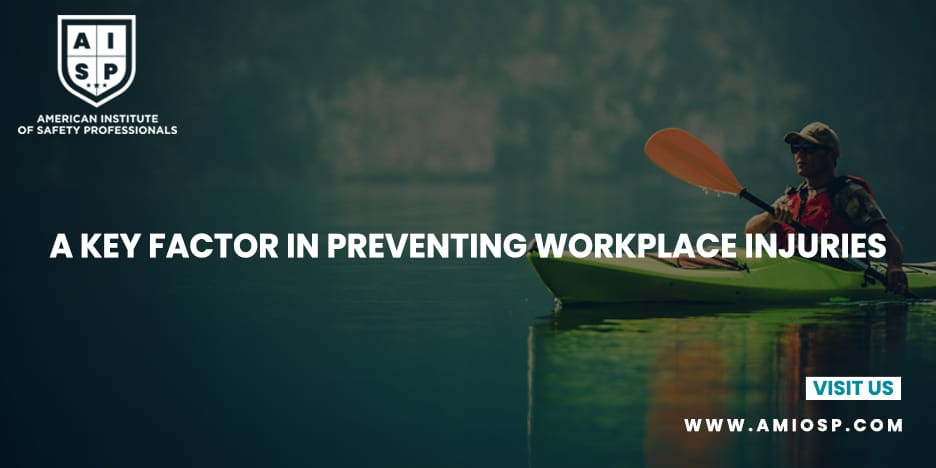Introduction
In any work environment, the health and safety of employees should be of utmost importance. Employers have a moral and legal responsibility to ensure that their workers are protected from potential hazards and risks. One of the key components of ensuring workplace safety is the use of Personal Protective Equipment (PPE). PPE refers to specialized equipment and clothing designed to protect individuals from various workplace hazards. In this blog post, we will explore the different types of PPE, their importance in the workplace, and the responsibilities of both employers and employees in implementing effective PPE programs.
Understanding Personal Protective Equipment (PPE)
Personal Protective Equipment (PPE) encompasses a wide range of equipment, garments, and accessories that are specifically designed to protect individuals from occupational hazards. It serves as a barrier between the worker and the potential dangers present in the work environment. PPE can include items such as helmets, goggles, gloves, masks, earplugs, safety shoes, and protective clothing. The selection of PPE depends on the nature of the job and the specific hazards involved.
Types of Personal Protective Equipment
There are several types of PPE that are used across various industries. Let's explore some of the common categories:
1. Head Protection
Head protection is essential in environments where there is a risk of falling objects, impact, or electrical hazards. Helmets or hard hats are commonly used to protect the head from injuries. They are designed to absorb impact and distribute the force over a larger area, reducing the risk of severe head trauma.
2. Eye and Face Protection
Eye and face protection is crucial in workplaces where there is a risk of eye injuries, chemical splashes, or exposure to harmful radiation. Safety goggles, face shields, and safety glasses are examples of PPE used to protect the eyes and face. They create a physical barrier that shields the eyes and face from potential hazards.
3. Hand and Arm Protection
Hands and arms are vulnerable to a wide range of occupational hazards, including cuts, burns, abrasions, and chemical exposure. Protective gloves made from materials such as leather, rubber, or specialized fabrics offer an additional layer of defense against these risks. The type of gloves required depends on the specific task and the potential hazards involved.
4. Respiratory Protection
Respiratory protection is crucial in environments where there is a risk of inhaling harmful gases, fumes, dust, or airborne particles. Respirators, including masks and respirator cartridges, are used to filter the air and prevent the inhalation of hazardous substances. They help maintain the respiratory health of workers in potentially hazardous work environments.
5. Foot and Leg Protection
Certain industries, such as construction and manufacturing, involve hazards that can cause foot and leg injuries. Safety shoes, boots, or specialized leg coverings provide protection against falling objects, punctures, electrical hazards, and slippery surfaces. They offer stability, impact resistance, and protection from potential foot injuries.
6. Hearing Protection
Exposure to high levels of noise can lead to hearing loss and other auditory issues. Hearing protection devices, such as earplugs and earmuffs, help reduce the impact of loud noises on workers' hearing. They are crucial in industries where noise levels exceed recommended limits, such as construction sites or manufacturing facilities.
The Importance of Personal Protective Equipment
The implementation and use of Personal Protective Equipment (PPE) in the workplace is essential for several reasons:
1. Preventing Injuries and Illnesses
The primary purpose of PPE is to protect workers from injuries and illnesses that can occur due to workplace hazards. By wearing appropriate PPE, employees can significantly reduce the risk of accidents, burns, chemical exposure, respiratory issues, and other occupational injuries. PPE acts as a physical barrier, creating a layer of protection against potential dangers.
2. Compliance with Legal and Regulatory Requirements
Many countries have stringent laws and regulations in place to ensure workplace safety. Employers are legally obligated to provide their employees with a safe working environment, which includes the provision of appropriate PPE. Compliance with these laws not only avoids legal penalties but also demonstrates a commitment to the well-being of the workforce.
3. Enhancing Productivity and Efficiency
When employees feel safe and protected in their work environment, their productivity and efficiency increase. Knowing that they are adequately equipped with the necessary PPE instills confidence and allows workers to focus on their tasks without the fear of potential hazards. This leads to improved job satisfaction, reduced absenteeism, and enhanced overall performance.
4. Building a Safety Culture
By promoting the use of PPE, organizations foster a culture of safety in the workplace. When employees observe their colleagues and superiors prioritizing safety and wearing appropriate PPE, it reinforces the importance of safety practices. A strong safety culture leads to better risk management, increased employee morale, and a positive reputation for the company.
Responsibilities of Employers and Employees
Implementing an effective PPE program requires the collaboration and commitment of both employers and employees. Here are their respective responsibilities:
1. Employers' Responsibilities
- Identifying and assessing workplace hazards that require the use of PPE.
- Providing employees with appropriate PPE free of charge.
- Ensuring that the PPE is of good quality, properly maintained, and in compliance with relevant standards.
- Training employees on the correct usage, limitations, and care of PPE.
- Regularly evaluating and updating the PPE program based on changing work conditions and new hazards.
- Encouraging and enforcing the use of PPE through clear policies and procedures.
- Monitoring and enforcing compliance with PPE requirements.
2. Employees' Responsibilities
- Wearing the provided PPE correctly and consistently.
- Participating in training programs on PPE usage and maintenance.
- Reporting any damaged or faulty PPE to the employer.
- Understanding the limitations of PPE and not relying solely on it for protection.
- Following the employer's safety policies and procedures.
- Encouraging a culture of safety by promoting the use of PPE and reporting any potential hazards.
Conclusion
Personal Protective Equipment (PPE) plays a critical role in safeguarding the well-being of employees in the workplace. By providing a physical barrier against various hazards, PPE prevents injuries, illnesses, and potential fatalities. Its importance cannot be overstated, as it not only protects workers but also ensures compliance with legal requirements and promotes a culture of safety. Employers and employees must work together to implement and maintain effective PPE programs, ensuring the safety and health of everyone involved in the organization. Remember, when it comes to workplace safety, wearing the appropriate PPE is not just an option, but a necessity.












0 comments
No Comments